Die Verkehrssicherheit ist für Autofahrer nach wie vor ein wichtiges Anliegen, insbesondere bei schlechten Sichtverhältnissen. Das rechtzeitige Erkennen von Fußgängern und Tieren kann Unfälle verhindern und Leben retten. Herkömmliche Scheinwerfer und Kameras haben bei Dunkelheit, Nebel oder schlechtem Wetter oft Probleme. Wärmebildtechnologie bietet hier Abhilfe: Sie erkennt Wärmesignaturen und macht Objekte unabhängig von den Lichtverhältnissen sichtbar. Dieser Artikel untersucht, wie Wärmebildtechnik die Verkehrssicherheit erhöht und wie sie in moderne Fahrzeuge integriert werden kann.
So funktioniert die Wärmebildgebung
Wärmebildkameras erkennen die von Objekten abgegebene Infrarotstrahlung anhand ihrer Temperatur. Wärmere Objekte wie Menschen und Tiere heben sich von kühleren Hintergründen ab. Im Gegensatz zu herkömmlichen Nachtsichtkameras, die auf Umgebungslicht angewiesen sind, funktioniert Wärmebildgebung auch bei völliger Dunkelheit, starkem Regen oder Nebel effektiv.

Vorteile der Wärmebildgebung zur Fußgänger- und Tiererkennung
1. Verbesserte Sichtbarkeit bei schlechten Lichtverhältnissen
Herkömmliche Scheinwerfer leuchten nur einen begrenzten Bereich aus, sodass Fußgänger und Tiere außerhalb des Lichtkegels unentdeckt bleiben. Wärmebildkameras arbeiten unabhängig von Lichtquellen und liefern einen klaren thermischen Kontrast zwischen Lebewesen und ihrer Umgebung.
2. Erkennung außerhalb der Scheinwerferreichweite
Die meisten Scheinwerfer beleuchten Objekte in einem Umkreis von 50 bis 100 Metern, was die Reaktionszeit des Fahrers einschränkt. Wärmebildsysteme können Fußgänger und Tiere aus größerer Entfernung erkennen und ermöglichen so eine frühzeitige Warnung und verbesserte Reaktionszeiten.
3. Wirksam bei Nebel, Regen und Schnee
Herkömmliche Kameras und das menschliche Sehvermögen haben bei schlechtem Wetter Probleme. Wärmebildkameras erfassen Wärme statt sichtbarem Licht und gewährleisten so eine unterbrechungsfreie Leistung auch unter schwierigen Bedingungen.
4. Reduzierung von Fehlalarmen
Moderne Wärmebildsysteme verfügen über eine KI-basierte Objekterkennung, die Fußgänger und Tiere von anderen Wärmequellen unterscheidet. Dies reduziert Fehlalarme und verbessert die Zuverlässigkeit.

Anwendungen der Wärmebildgebung in Fahrzeugen
Fortschrittliche Fahrerassistenzsysteme (ADAS)
Wärmebildgebung verbessert ADAS durch Echtzeiterkennung von Fußgängern und Tieren. Systeme wie der Thermal Master NV300 Max integrieren hochauflösende Wärmesensoren mit KI-basierten Algorithmen und bieten so eine zuverlässige Identifizierung auch in komplexen Umgebungen.
Sicherheit von Flotten und Nutzfahrzeugen
Lkw und Busse sind in unterschiedlichsten Umgebungen unterwegs, auch auf schlecht beleuchteten Straßen. Wärmebildtechnik hilft Flottenbetreibern, die Sicherheit zu verbessern, indem sie das Unfallrisiko bei schlechten Sichtverhältnissen reduziert.

Wärmebildtechnologie verbessert die Fußgänger- und Tiererkennung deutlich und reduziert so Verkehrsunfälle bei schlechten Sichtverhältnissen. Fortschrittliche Lösungen wie der Thermal Master NV300 Max bieten hochauflösende Wärmebilder und ermöglichen so eine klare Erkennung von Hindernissen. Da sich die Fahrzeugsicherheit ständig weiterentwickelt, wird die Integration von Wärmebildkameras in Fahrzeuge eine entscheidende Rolle bei der Verbesserung der Verkehrssicherheit spielen.


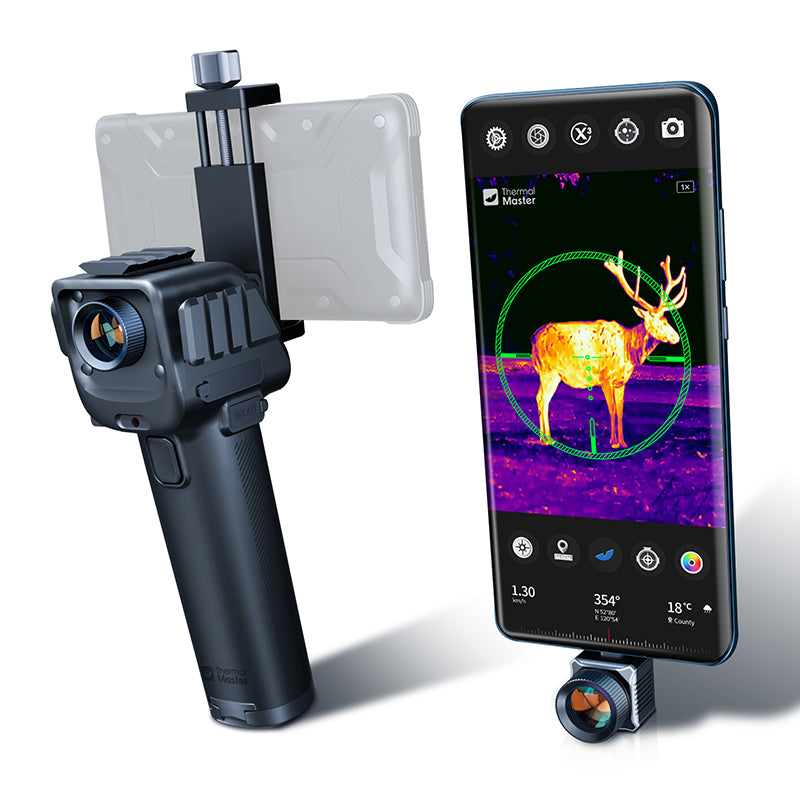
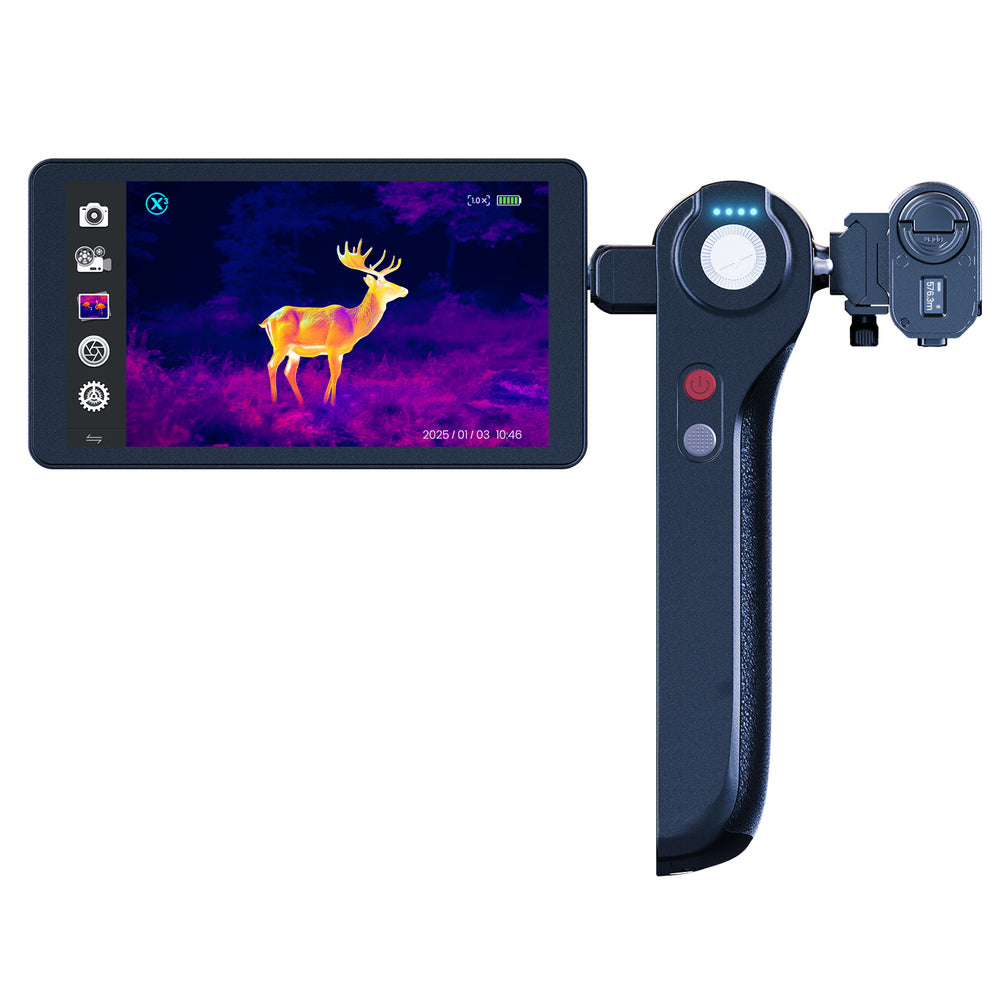
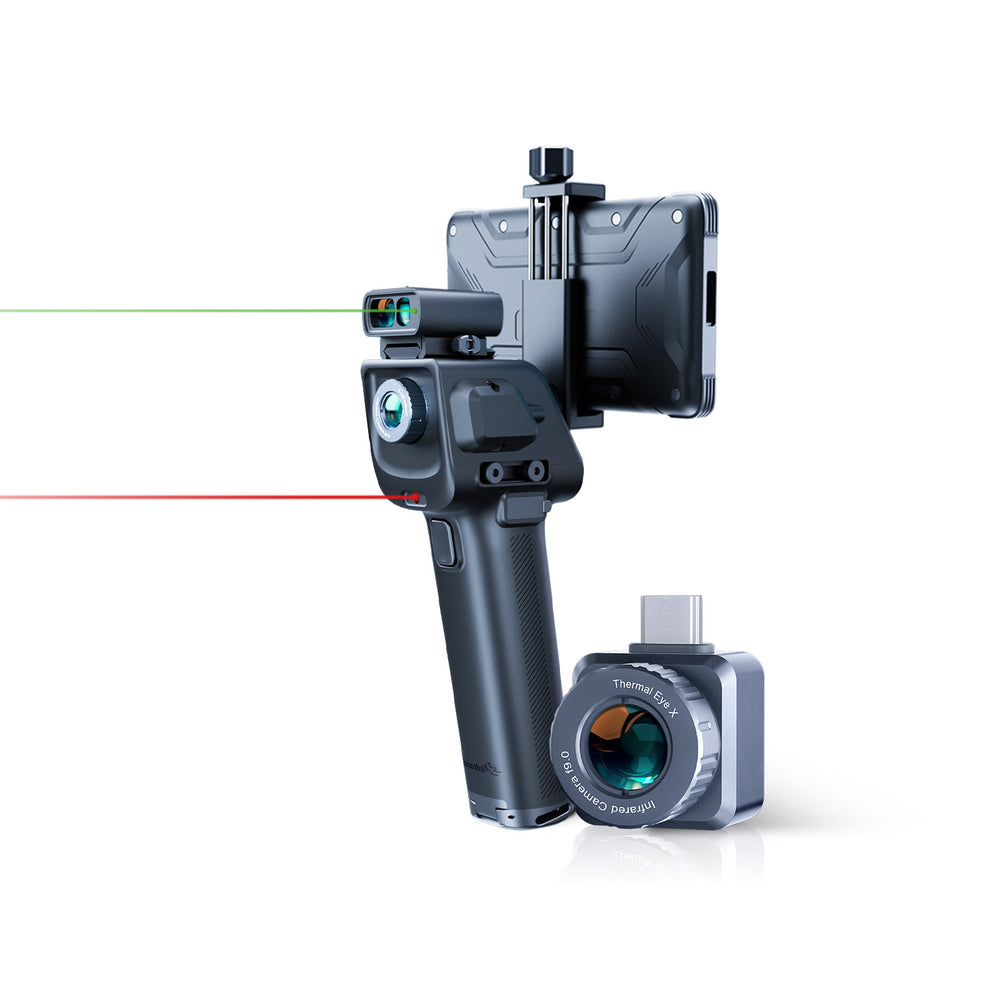
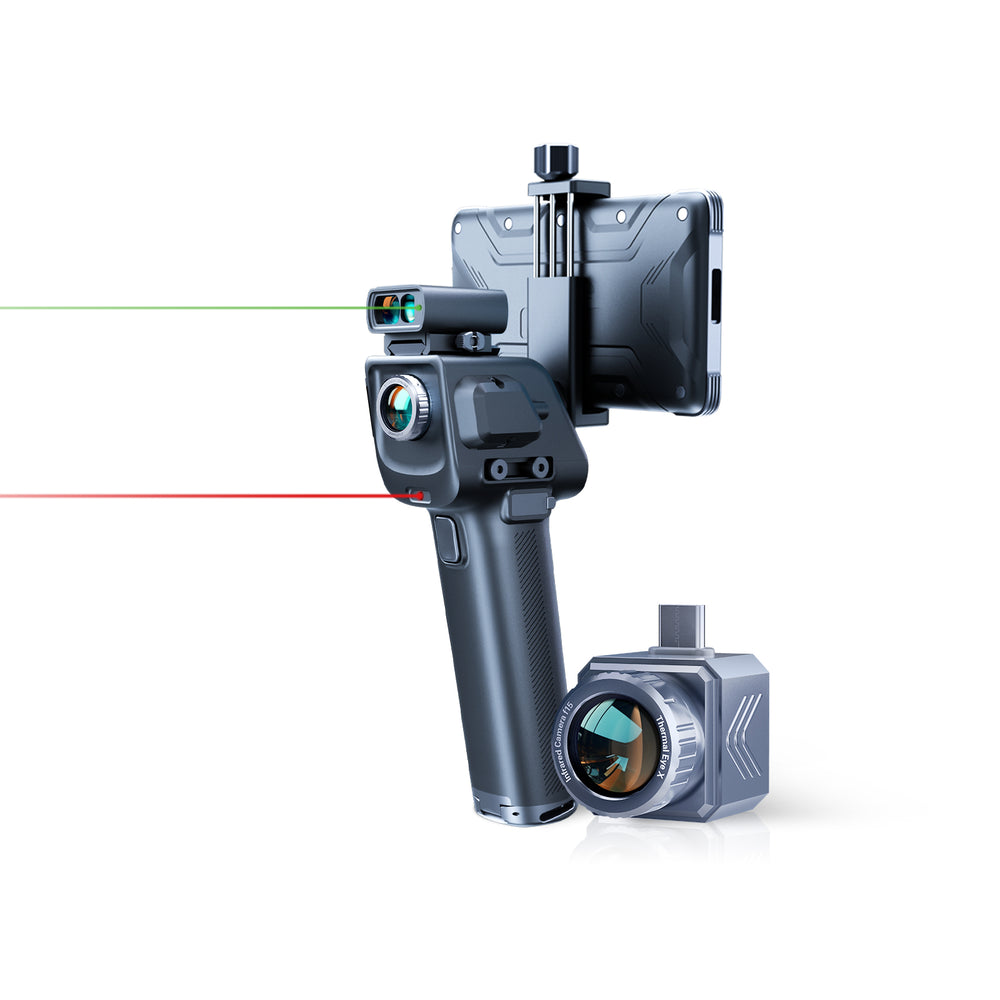
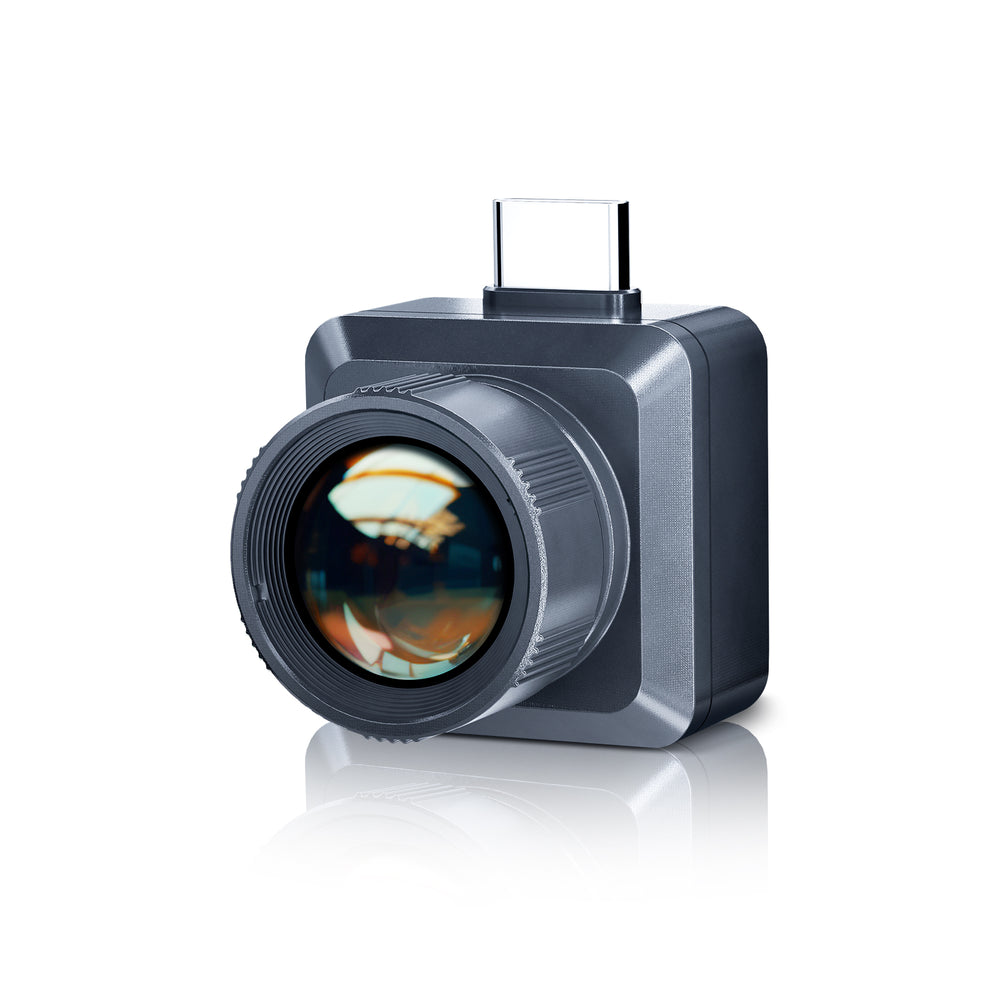
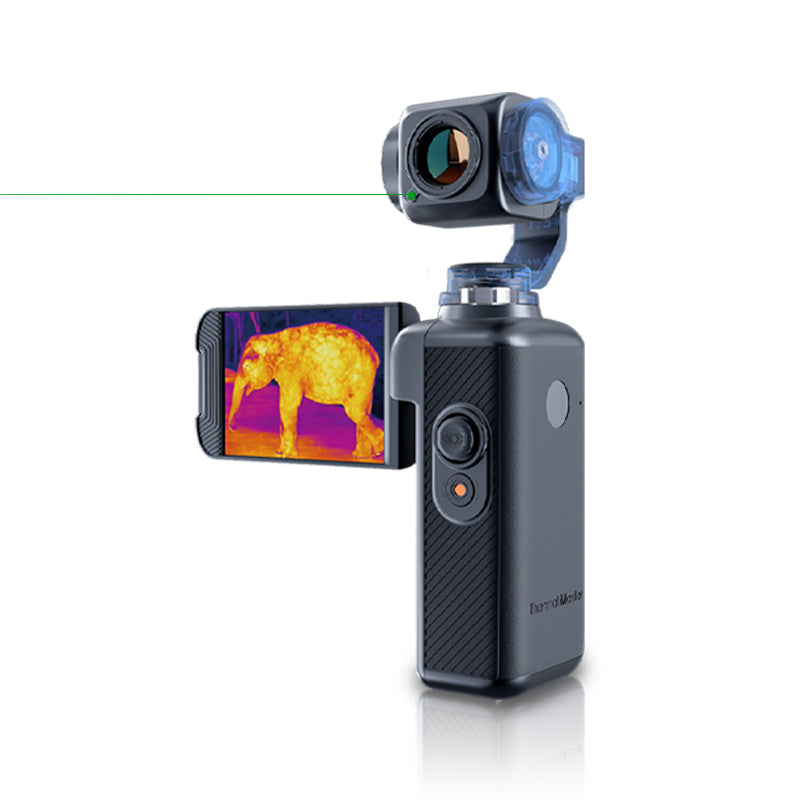
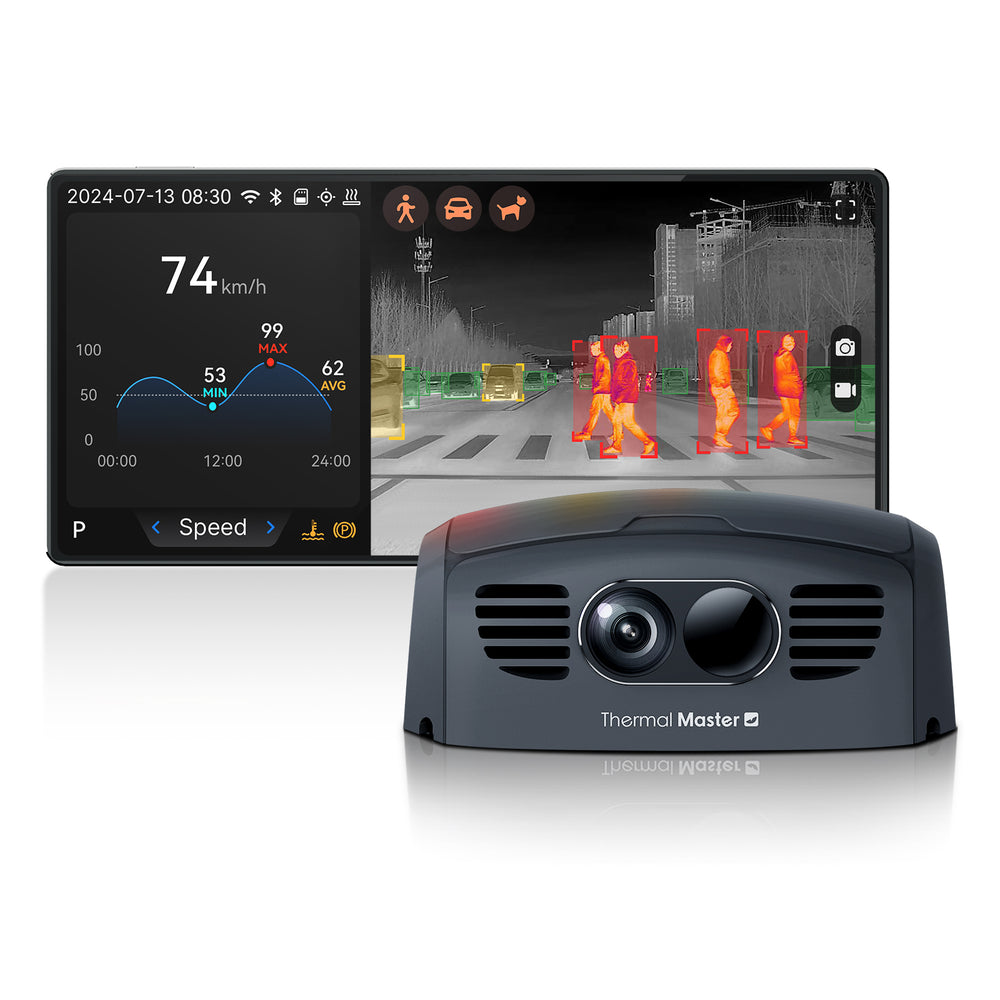
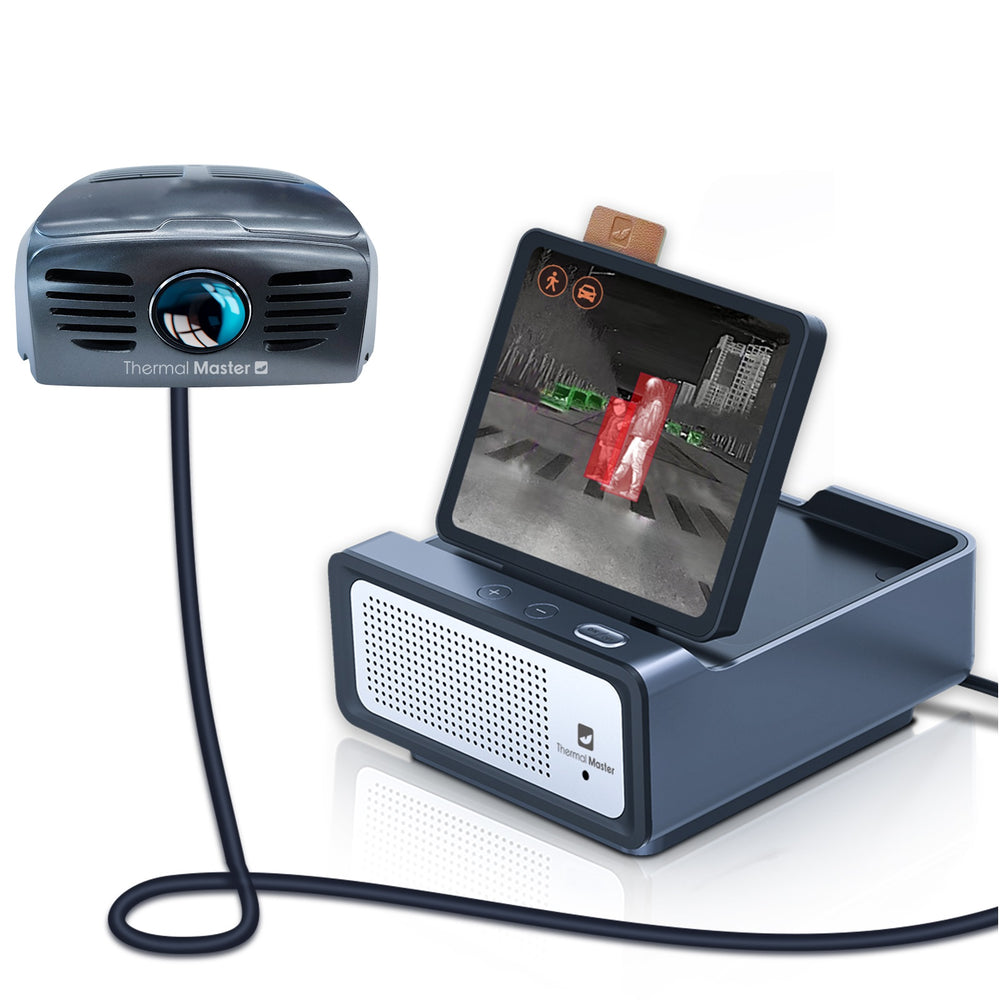
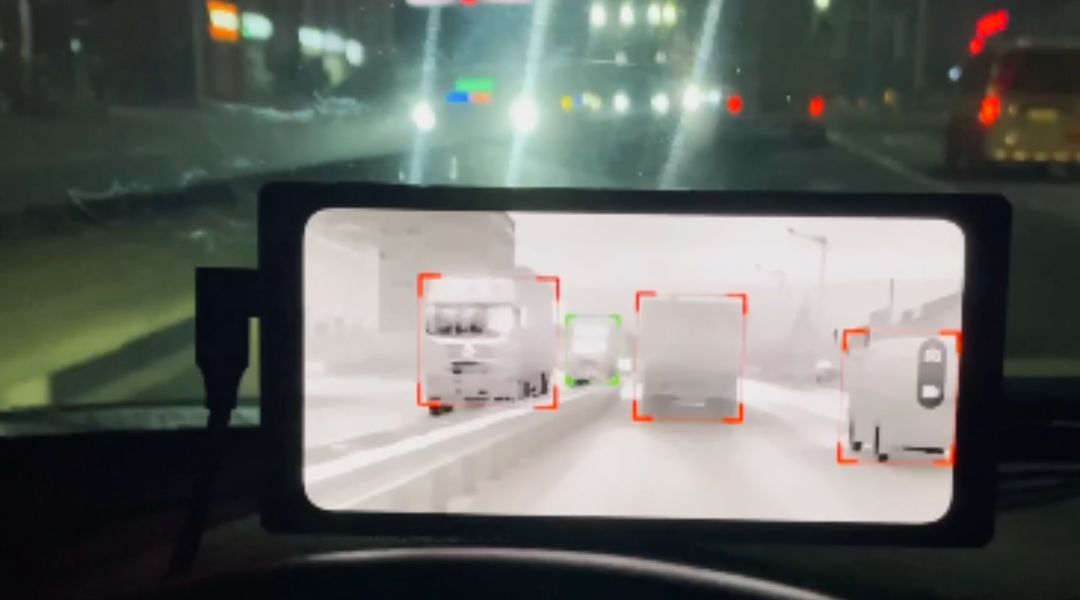
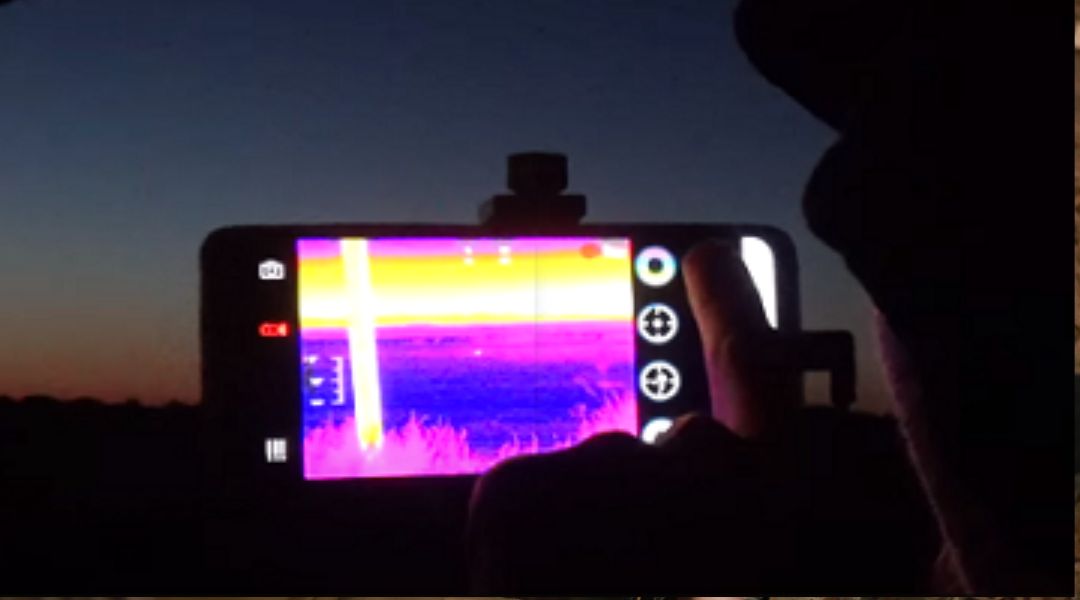
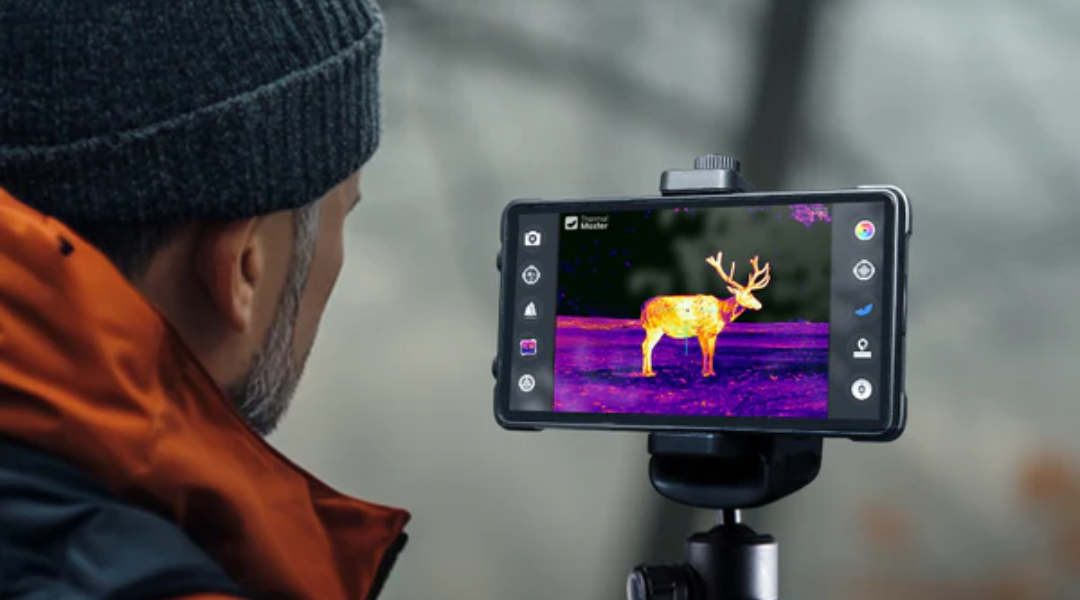
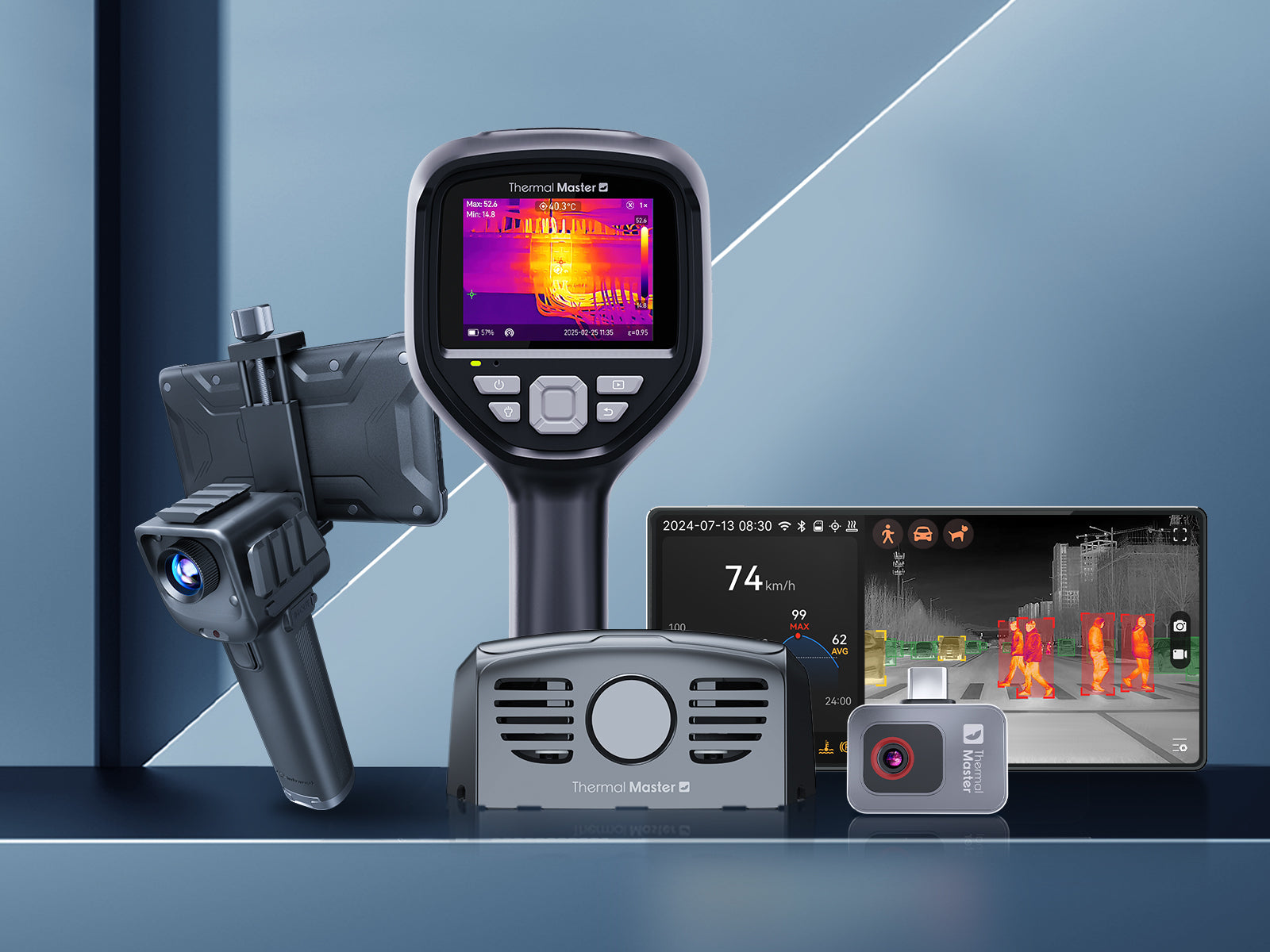
Hinterlasse einen Kommentar
Alle Kommentare werden vor der Veröffentlichung geprüft.
Diese Website ist durch hCaptcha geschützt und es gelten die allgemeinen Geschäftsbedingungen und Datenschutzbestimmungen von hCaptcha.